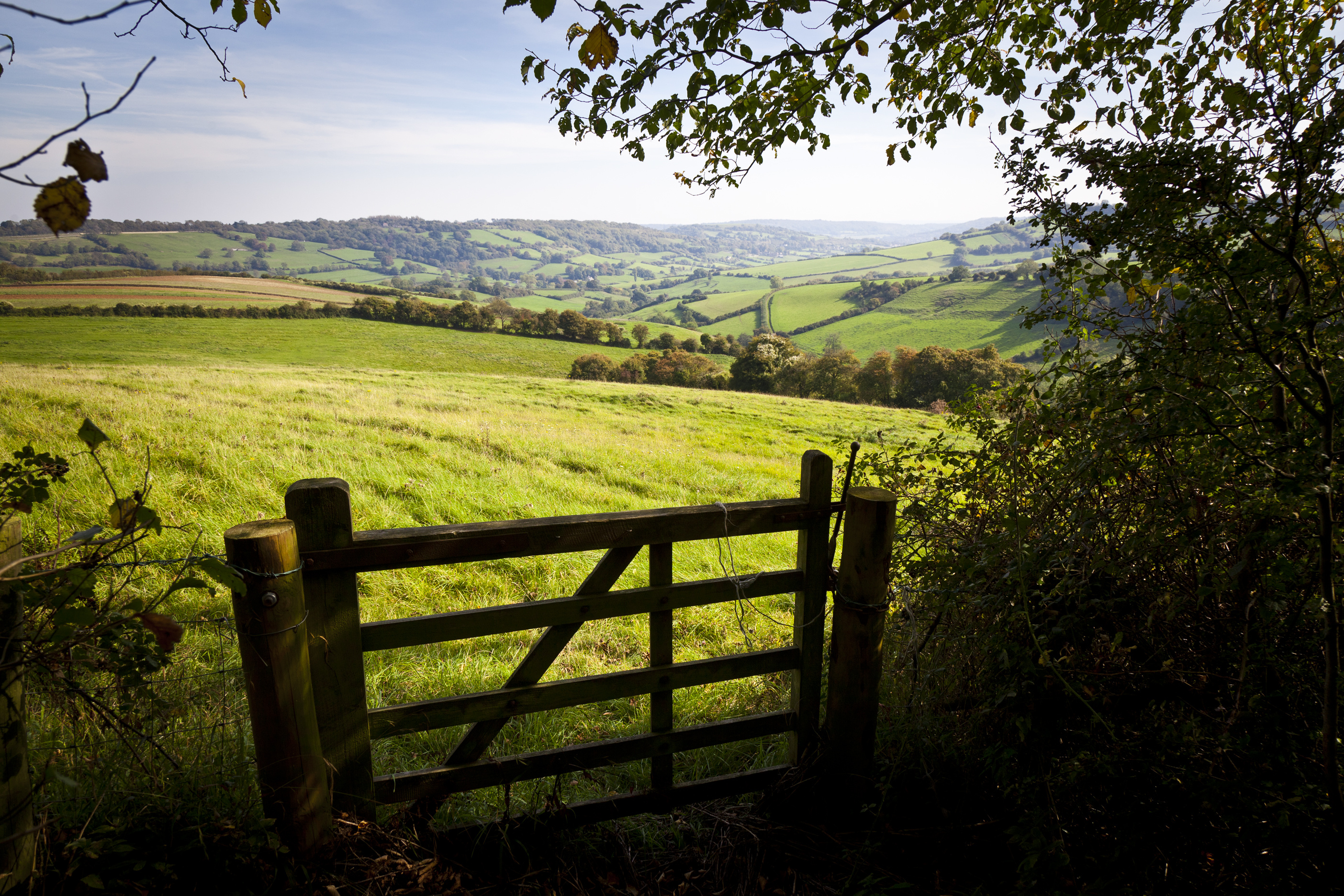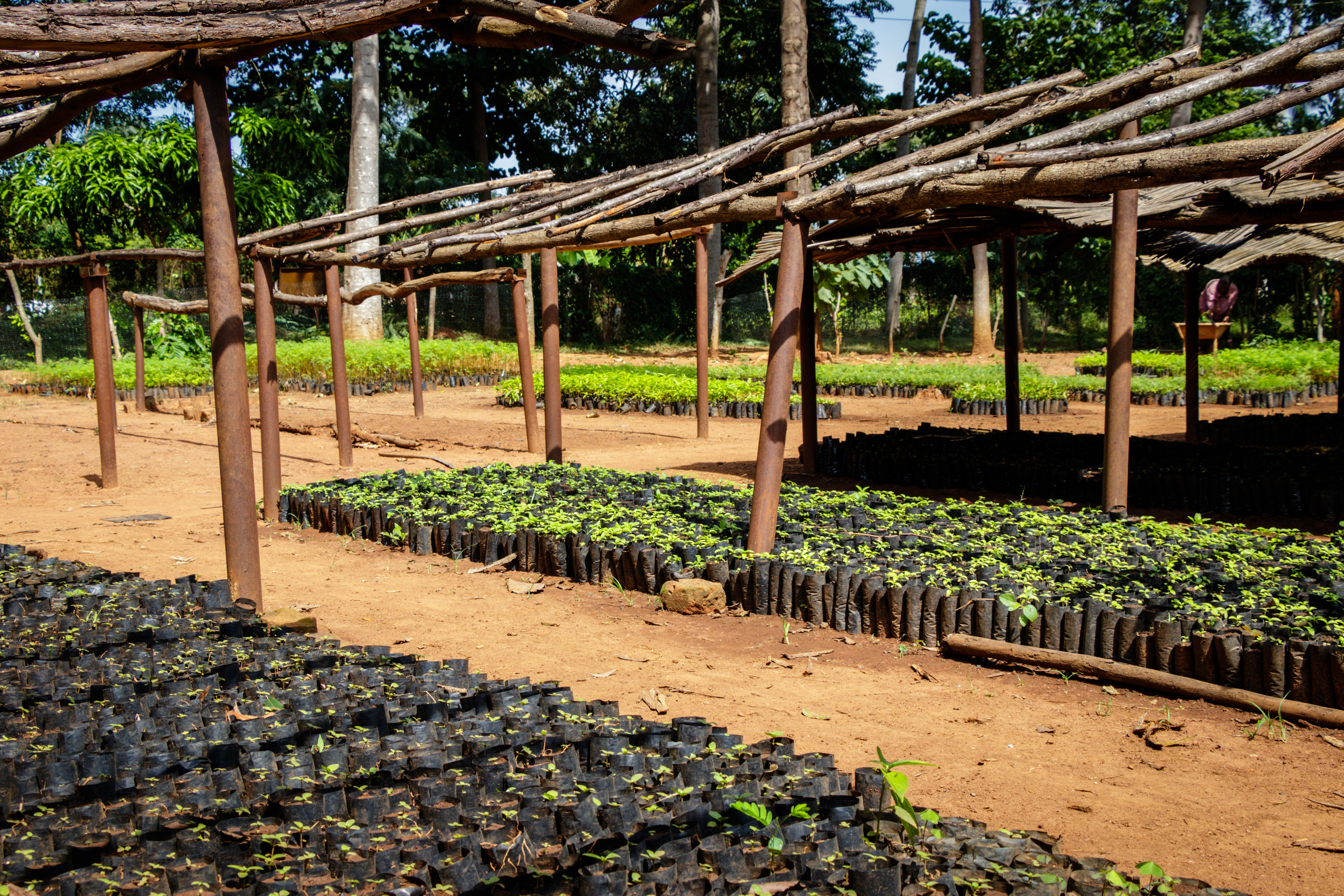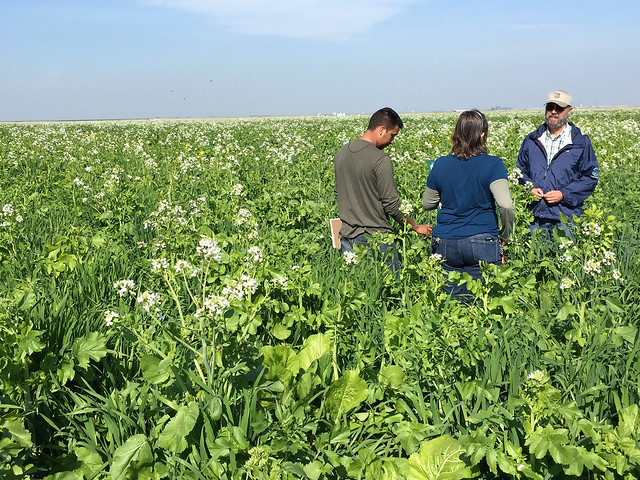



Can the UK farming sector achieve net zero carbon emissions?
Achieving net zero carbon emissions on-farm was one of the hot topics debated at the Oxford Real Farming Conference on 8 January. Panellists from the House of Commons, Chatham House, NFU, Green Alliance UK and the Nature Friendly Farming Network debated the different methods and challenges of the UK reaching a net zero carbon farming future.“Targets don’t cut carbon, policies do,” was MP Caroline Lucas’ refrain at the Oxford Real Farming Conference on 8 January. Her speech, delivered by video link, emphasised the need for the UK to achieve net zero carbon farming by 2030, 20 years before the official government goal of 2050.
Though achieving net zero carbon emissions in agriculture would be a major environmental milestone, there is still considerable debate on policies that can lower and sequester carbon emissions. During the discussion, panellists highlighted actions that the government, policy makers, farmers and consumers can take to reach net zero.

What does net zero carbon emissions mean?
According to Tim Benton at Chatham House, there is a wide gap between zero net carbon for general land use and zero net carbon farming. Achieving zero net carbon for general land management means identifying ways we can use the land around us to sequester as much carbon as possible – usually through soil management and enhancing plant biomass. Achieving net zero carbon farming means tracking carbon emissions on farm and making sure those emissions are balanced by sequestration and remediation efforts.
Achieving net zero is possible, but it’s dependent on our habits in the future. This could mean embracing the “less but better” attitude to consumption. Caroline Lucas, the MP for Brighton, advocated this approach, saying that the policy landscape for agriculture should deliver, “value, not volume”.
Conversely, the UK could maintain the status quo and rely on food imports to meet consumer demands. Benton noted that following either trajectory won’t be as simple as it initially appears: any policy decision will be influenced by consumer choice and future trade deals the UK makes after Brexit.
Two strategies to achieve the goal
In Benton’s view, there are two different policies that can achieve the net zero goal. The first one is land sparing. In this model, certain areas would be designated for “re-wilding” and converted to grassland or forests, while other areas would be used to ramp up farm outputs. The general idea is that the pristine areas would sequester the CO₂ emitted from the intensified farm sites, without changing the UK’s consumption habits.
The other policy is Agroecology or Agroforestry . This method moves away from intensive production and adopts the “less but better” approach. In practice, this usually means embracing small-scale, mixed farming instead of intensive monoculture. Agroecology incorporates carbon sequestration through natural pasture, tree planting and soil management on farm. The rate of production is slower than in intense systems, but quality and welfare indicators for animals are usually higher. Advocates say that this process enhances the UK’s biodiversity and ensures that food production remains sustainable and regenerative.

The panellists’ take
Representatives from the NFU, the Green Alliance and the Nature Friendly Farming Network stated that farmers are a key part of achieving net zero carbon emissions. The current narrative that places agriculture in opposition to environmental stewardship is misplaced. They also agreed that focusing on agricultural emissions without accounting for greenhouse gas emissions from other sectors of the economy obscures the issue. It also hinders potential action to address climate change.
In order to reach net zero, the panellists suggested that the government provide financial support to farmers. They also stated that the new Agriculture Bill should incentivise high production standards. According to Phil Jarvis from the NFU Environmental Forum, reaching net zero will come through a mix of business efficiency, government investment and consumer interest.
Support from the government
To meet the challenges at a policy level, Caroline Lucas advocated a “green new deal” for UK farming and food. Ideally, this new deal would transition the UK farming sector to agroforestry over the next 10 years. Lucas’ policy vision prioritises farm payments and other incentives for farmers to re-design their production systems to be more carbon neutral. This includes maximising carbon storage and promoting “living soils” as well as restoring natural peatlands.
The panellists noted that how the government measures carbon emissions in official policy can change the nature of net zero carbon farming. According to Jarvis, the UK currently “exports” a lot of its carbon emissions. This solution won’t be workable for the UK’s food system long term. He also pointed out that there’s little point in massaging data in the UK to achieve net zero carbon emissions in farming while neglecting the emissions from other sectors.
When addressing the audience, Jarvis and Martin Lines from the Nature Friendly Farming Network emphasised the need for farms to remain economically viable while achieving net zero. Policy makers and members of the public need to account for the transition period between current production methods and future ones. According to Lines, demanding that farmers change the way they produce food without ensuring they can remain in business will benefit no one. Any policy will have to provide financial support for farmers who commit to improving land and soil management.
Other steps to achieve net zero
Based on the available research, the panellists had different recommendations on how to offset CO2 emissions on-farm. Benton, Jarvis and Lines suggested planting cover crops, reducing tillage and lowering sources of artificial nitrogen as key steps in reducing and sequestering carbon. They also suggested planting trees and hedges to improve soil quality and to enhance biodiversity on farm. Caterina Brandmayr from Green Alliance UK also noted that restoring peatlands can potentially sequester more carbon than tree planting.

Moving away from farm environments, Brandmayr suggested that carbon emissions could be reduced by improving supply chain stewardship in the agriculture sector. According to her analysis, if consumers and regulators had a better view of production practices and were able to track a product’s journey from farm to market, the UK could ensure that meat and produce met high environmental standards.
Tackling livestock emissions
Though it was an unpopular suggestion, the panellists discussed adopting lower-carbon diets in order to achieve net zero. This would mean reducing red meat and dairy consumption by nearly 30 percent and reducing the stocking density of cattle, sheep and pigs. According to Lines, it makes more economic sense to have fewer but healthier animals than keeping greater numbers in poorer conditions. The panellists also noted that extensively raised ruminants and pigs are associated with lower CO2 and methane emissions than intensively reared animals – indicating that the “less but better” approach has scientific merit.
The trouble with trade deals
Though these initiatives could make the agricultural sector more sustainable, policy rarely happens in a vacuum. While addressing the crowd, Benton said that achieving net zero carbon farming will be heavily influenced by Brexit. In his view, the UK’s exit from the EU trading bloc and the subsequent trade deals it makes will either enable or frustrate Britain’s climate goals. Delivering Brexit has been politically fraught; there’s no reason to think that the post-Brexit trade deals will pass uncontested. Chatham House’s analysis indicates that the UK’s trade regime could change dramatically in the near future.
In Benton’s view, farmers should begin producing different commodities in new production styles. This will ensure the sector’s stability and resilience regardless of shifting trade regimes. The other panellists echoed this recommendation, with Phil Jarvis concluding that, “if [we] don’t want to invest too much public money, [we] aren’t very likely to get a lot of public good.”









